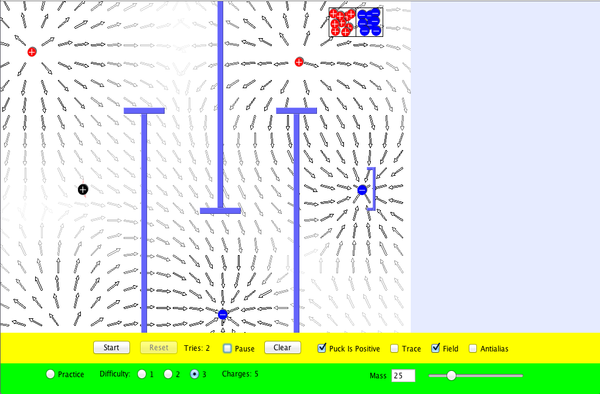Yesterday, I finished grading the reassessment storm. It was a storm of the century.
OK, this is only my second year of using standards-based grading. I'm happy with it, but I feel I still have a few major changes to make until it works well for my students, allowing me to spend future years making endless tweaks to the system to polish it or try new things. But this year's SBG had a fatal flaw. The calendar.
We had just one week of classes after winter break before exams started. Last year, we had two weeks. When we had two weeks of classes after break before exams, I told my classes right when we got back that they only had one week to schedule their last reassessments, which all had to be finished before exams started.
Perhaps you can see where this is going. This year, I told them the week before break that they had to schedule before break to take reassessments after break.
I just counted. I had 208 standards reassessed. I only have 64 students on my roster. (Admittedly, 19 of those students have me for a double period every day, so I'm responsible for 83 credits being earned this year.) Most of them studied over break for the assessments. But since break seems long before you go on break but ends up being much more Netflix and Mario than you thought, many students weren't prepared for the 12 or 14 standards they thought they'd reassess in a week. Many of the reassessments just confirmed their previous ranking on that standard.
And, on the bright side, I have a lot of good assessments, and a few that I know that aren't that great.






